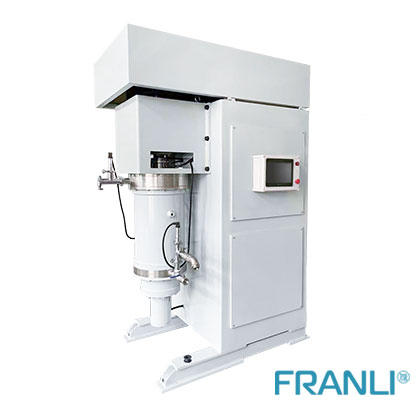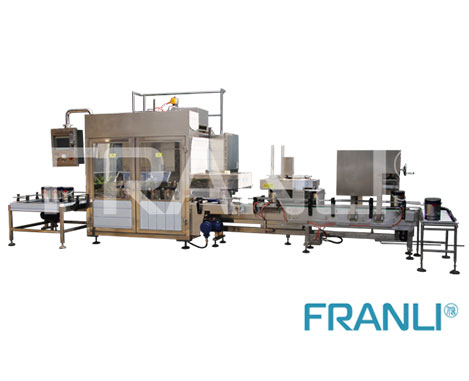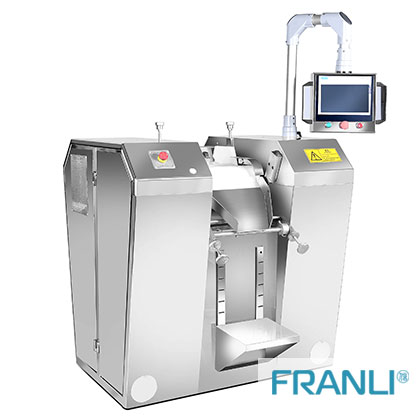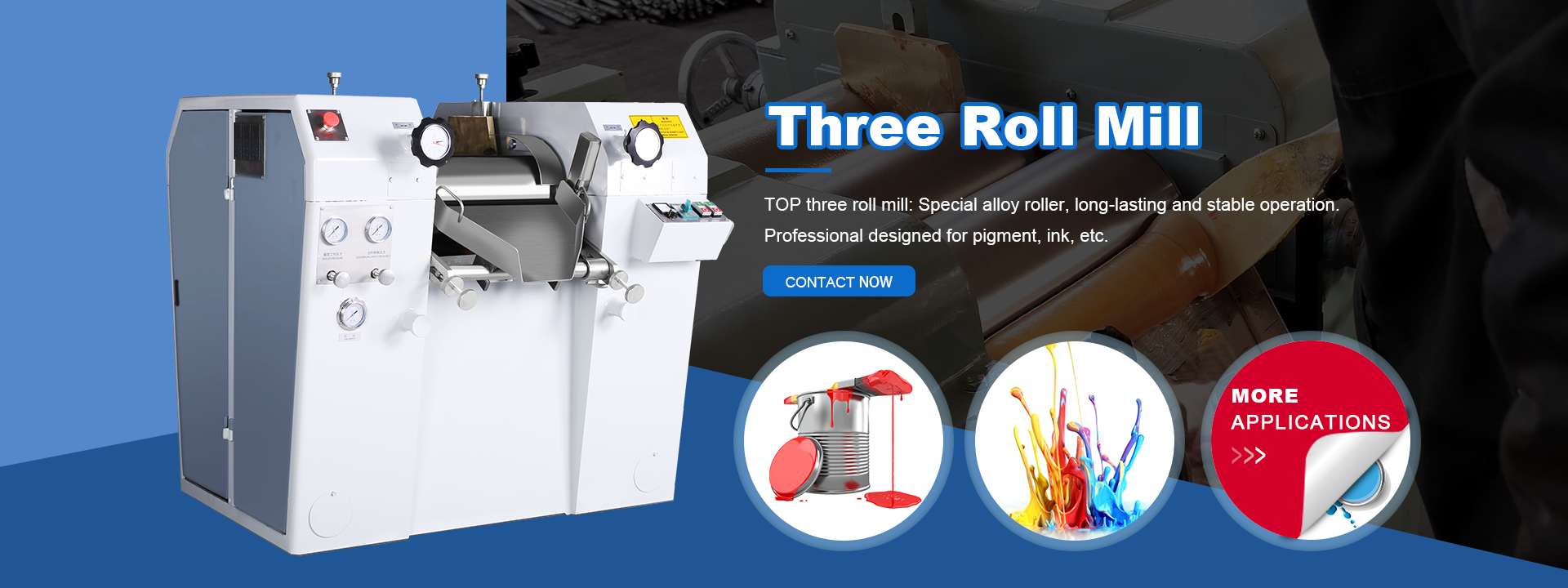Home » Factory Guidelines for FRANLI Three Roll Mills
Factory Guidelines for FRANLI Three Roll Mills
Three roll mill is the most effective grinding and dispersing equipment for high viscosity materials. It is mainly used for the grinding of various paints, inks, pigments, plastics, cosmetics, soaps, ceramics, rubber, and other liquid slurries and paste-like materials. What factory inspections are generally required for the three roll mill?
b. Product name and model
c. Spindle speed
d. Productivity
e. Supporting power
f. machine weight
g. Product manufacturing number
h. The date of manufacture of the product.
b. Product quality inspection certificate
c. Product instruction manual
d. User opinion questionnaire.
Copyright Notice :
This article only represents the author’s point of view.
This article is published under the authorization of the author.
Source: Franli
This article address : Factory Guidelines for FRANLI Three Roll Mills
Related Products

Pearl Mill
The pearl mill grinding chamber with pins, specially designed grinding shaft. We install an advanced cooling system for high temperature of viscosity material. Pearl mill has a German mechanical seal, NSK bearings. Which avoids the leaking of material.

Filling Machine
Filling machines are packaging machines that load precise quantities of packaged products into various containers.

Hydraulic Three Roll Mill
FRANLI Hydraulic three roll mill has a unique Hydraulic system, which controls pressure roller, discharging blade, two sides holders, etc, which system can improve production capacity compared with normal same size three roll mill.
News
Laboratory Reactor: Guide to Stirring System
The laboratory reactor is composed of a pot body, a pot cover, an agitator, a jacket, a support and transmission device, a shaft seal device, etc.
Grinding Media for Bead Mill | Zirconia Beads & Zirconium Silicate Beads
Bead mills mainly use grinding balls as media, and use impact, extrusion, and friction to achieve the final grinding effect, which mainly depends on the size and hardness of the grinding beads, the filling rate of the grinding beads, and the collision frequency adjustment between the grinding beads and the particles.
Overview of Laboratory Reactor
Laboratory reactors, also known as lab reactors, are essential tools in scientific research, product development, and process optimization. These reactors provide a controlled environment for conducting chemical reactions, mixing, dispersing, and homogenizing processes.
Bead mills | Manufacturing technology in various industries
Bead mills, also known as sand mills or grinding mills, are versatile machines widely used across various industries for the wet grinding and dispersion of solid particles in liquid media.
Ribbon Blender Mixer Equipment
A ribbon blender mixer, also known as a ribbon mixer or horizontal ribbon blender, is a powerful industrial machine designed for thorough and efficient blending of various materials.
What is A Stainless Steel Reactor?
Stainless steel reactors are essential equipment in various industries, including chemical, pharmaceutical, biotechnology, and food processing.


